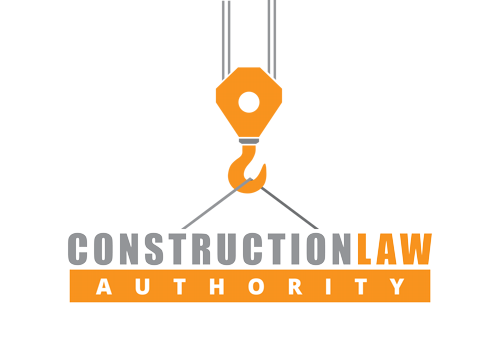Keeping ‘Green’ Contracts Clear

The green building industry is arguably more popular than ever. The number of certified green buildings grows every day across all sectors of the building industry. Unfortunately, the contracts for sustainable projects are sometimes behind the times. Standard construction contracts are often not tailored to address the numerous issues and nuances that may come up on sustainable projects. This potentially puts all contracting parties at greater risk of uncertainty if disputes arise on the job site. Preparation on the front end of a green building is usually the best way to alleviate problems later on, and it starts with the contract. This is true whether the project is one for new construction or for renovations or retro-fitting.
First, the contract should be as clear and specific as possible about what the green goal is. Simply using terms like “green building,” “sustainable building” or “high-performing building” are not enough, because it is unclear what the precise goal is. For example, the goal may be to reduce electricity costs, and the owner may have a specific energy saving cost or usage goal in mind. That should be identified in the contract. In addition, an owner may require a third-party green rating certification. That could mean LEED certification, but LEED alone has multiple levels. Or, it could mean Green Globes, the WELL Building Standard, or a handful of other third-party rating agencies. If so, then specificity is needed. If the goal is not achieved, there will be no confusion as to what the goal was. Related to this issue is which party will bear the costs for certification fees, inspections and tests that may be necessary to the green certification. Again, this is best addressed in the contract.
Second, the contract should reflect who is responsible for achieving the project’s green goals. That might be a design professional like the architect or an engineer. Or it may be general contractor, sub-contractors, suppliers, a sustainability coordinator or a combination of construction professionals. Each segment of the construction project should be aware of what responsibilities it is undertaking in the green building process. The person or entity that is responsible also may want to get paid more for taking on the added risk.
Making Guarantees
All contracting parties should be aware of what guarantees they are making or receiving in terms of sustainable performance or certification. For instance, if a contract requires LEED Gold certification, but the final product does not achieve that, the contract should be clear about what the repercussions are. Similarly, the contract can address what happens when a component such as a solar energy system or a HVAC unit does not achieve the level of performance a contractor or otherwise represented.
An alternative to a guaranty is a performance bonus or bonuses based on the certification or performance levels achieved. In other words, a contract will describe a base fee for services on the project and then allow for additional compensation depending on the level of certification the building gets or based on the level of performance of the building after occupancy. This is helpful because it can be difficult to guaranty these levels on certain projects. Green building warranties may also be provided, but carry greater obligation or risk to the warranty provider.
The parties can also tie final completion benchmarks to the achievement of the sustainable goal, depending on the type of project. Money may be held back on a project pending the receipt of the green rating. However, when a rating will be bestowed by the rating agency is not always certain, and cannot be entirely controlled by the contracting parties.
A contract can also address the types of damages that may be obtained if the project fails to achieve the agreed-upon sustainability goals. For example, if the purpose of building green was to achieve certain tax credits, and those credits
are not achieved, they may become the measure of damages. Damages may be more difficult to ascertain in other performance metrics. Contracting parties may also want to consider capping those damages, or setting forth a method to measure them.
When it comes to green building contracts, there is no one size that fits all. Goals, methods, specifications and components can greatly vary. However, all parties involved in a sustainable building project have added incentive to consider and address the unique issues that may appear. Reliance on the standard building contract may not suffice. If the issues are not properly addressed upfront, the chances for dispute and litigation will significantly increase. As the old saying goes, an ounce of prevention is worth a pound of cure.
Mark J. Stempler is a Florida shareholder with the law firm Becker & Poliakoff. He is board certified in construction law, is certified as a LEED Green Associate and focuses his practice in the areas of construction litigation, government law, and civil litigation. He may be reached at mstempler@bplegal.com.


No Comments